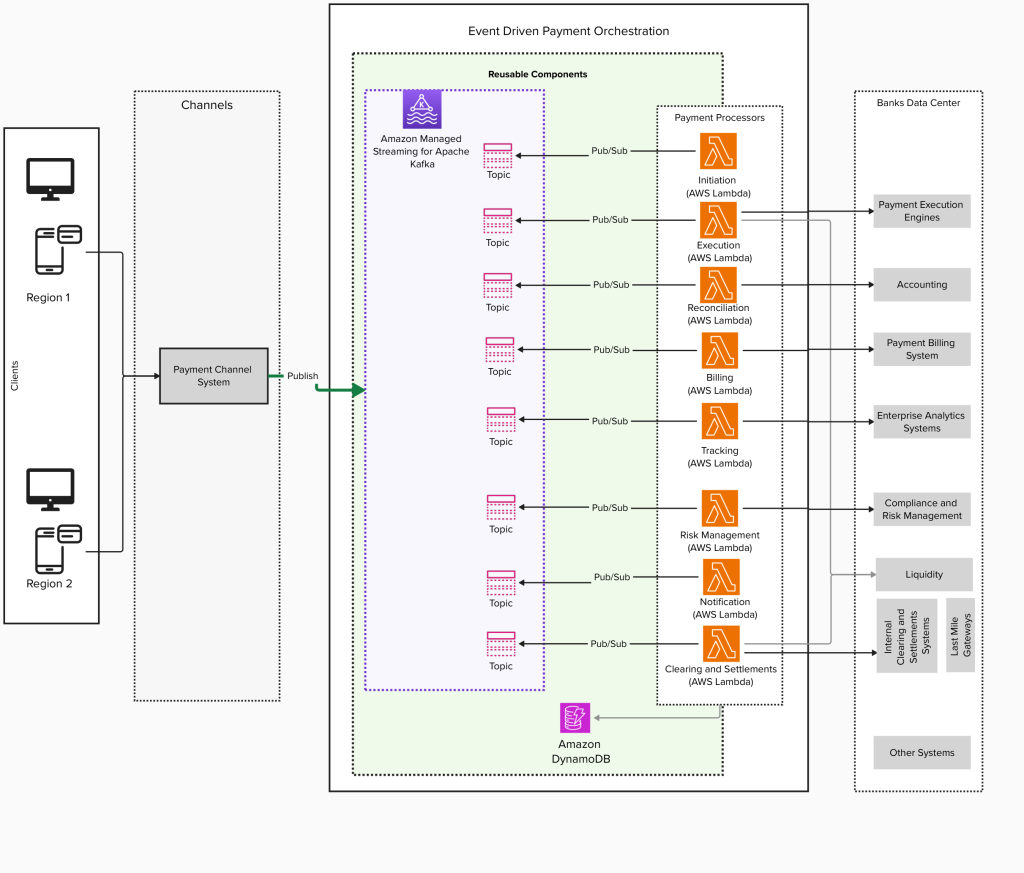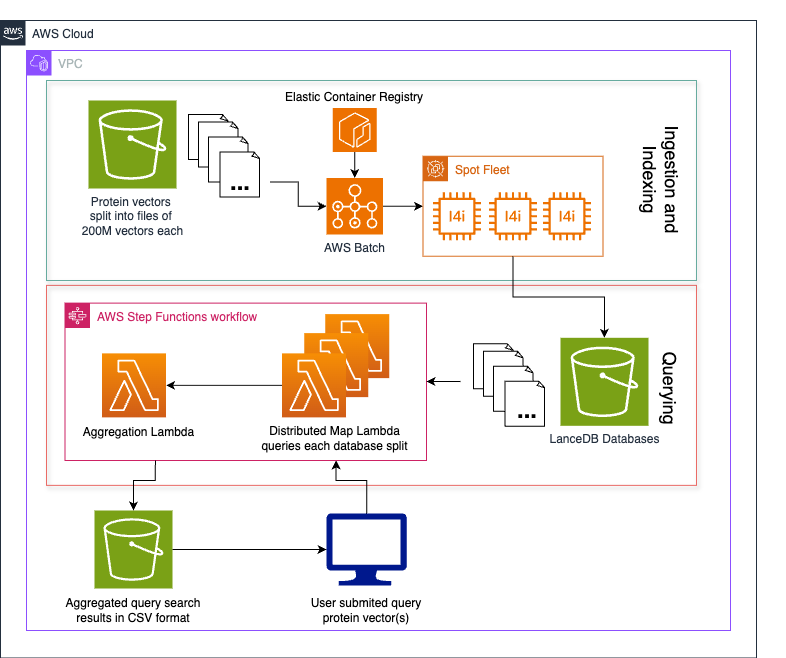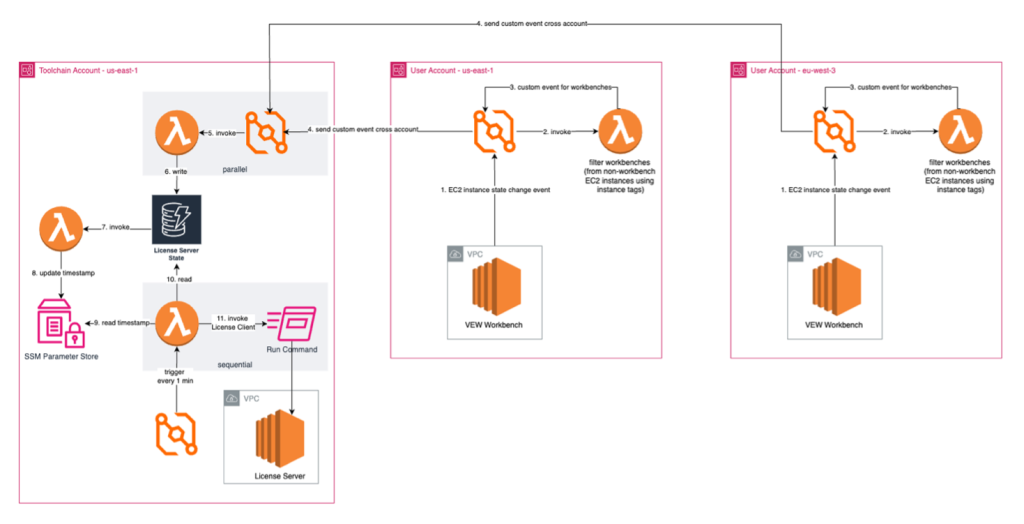AWS Architecture Blog
Category: Industries
BASF Digital Farming builds a STAC-based solution on Amazon EKS
This post was co-written with Frederic Haase and Julian Blau with BASF Digital Farming GmbH. At xarvio – BASF Digital Farming, our mission is to empower farmers around the world with cutting-edge digital agronomic decision-making tools. Central to this mission is our crop optimization platform, xarvio FIELD MANAGER, which delivers actionable insights through a range […]
Modernization of real-time payment orchestration on AWS
The global real-time payments market is experiencing significant growth. According to Fortune Business Insights, the market was valued at USD 24.91 billion in 2024 and is projected to grow to USD 284.49 billion by 2032, with a CAGR of 35.4%. Similarly, Grand View Research reports that the global mobile payment market, valued at USD 88.50 […]
A scalable, elastic database and search solution for 1B+ vectors built on LanceDB and Amazon S3
In this post, we explore how Metagenomi built a scalable database and search solution for over 1 billion protein vectors using LanceDB and Amazon S3. The solution enables rapid enzyme discovery by transforming proteins into vector embeddings and implementing a serverless architecture that combines AWS Lambda, AWS Step Functions, and Amazon S3 for efficient nearest neighbor searches.
Simplifying sustainability reporting using AWS and generative AI in banking
In this post, you learn how you can use generative AI services on Amazon Web Services (AWS) to automate your sustainability reporting requirements, reduce manual effort, and improve accuracy. You do this by implementing an automated solution for extracting, processing, and validating data from corporate reports.
How Stellantis streamlines floating license management with serverless orchestration on AWS
In this post, we explore a unique scenario where an ISV, unable to provide a floating license option for cloud usage, worked with Stellantis to develop an alternative solution. This approach, implemented with the ISV’s permission, treats named user licenses as if they were floating, automatically assigning and removing them based on the state of user workbench instances.
Analyze media content using AWS AI services
Organizations managing large audio and video archives face significant challenges in extracting value from their media content. Consider a radio network with thousands of broadcast hours across multiple stations and the challenges they face to efficiently verify ad placements, identify interview segments, and analyze programming patterns. In this post, we demonstrate how you can automatically transform unstructured media files into searchable, analyzable content.
Transforming Maya’s API management with Amazon API Gateway
In this post, you will learn how Amazon Web Services (AWS) customer, Maya, the Philippines’ leading fintech company and digital bank, built an API management platform to address the growing complexities of managing multiple APIs hosted on Amazon API Gateway.
Revolutionizing agricultural knowledge management using a multi-modal LLM: A reference architecture
In this blog post, we introduce a reference architecture that offers an intelligent document digitization solution that converts handwritten notes, scanned documents, and images into editable, searchable, and accessible formats. Powered by Anthropic’s Claude 3 on Amazon Bedrock, the solution uses the sophisticated vision capabilities of LLMs to process a wide range of visual formats, preserving the original formatting while extracting text, tables, and images.
Empower your teams with modern architecture governance
Modern cloud architectures demand a new governance approach. In this post, we show how collaborative architecture oversight can transform team performance through automation, self-service platforms, and distributed decision-making.
Transform lease agreement workflows with Amazon Bedrock
This post explores how Amazon Bedrock can transform property management operations and optimize costs. We examine a practical approach to tackle challenges such as processing high volumes of lease agreements, maintaining compliance with varied regulatory requirements.









